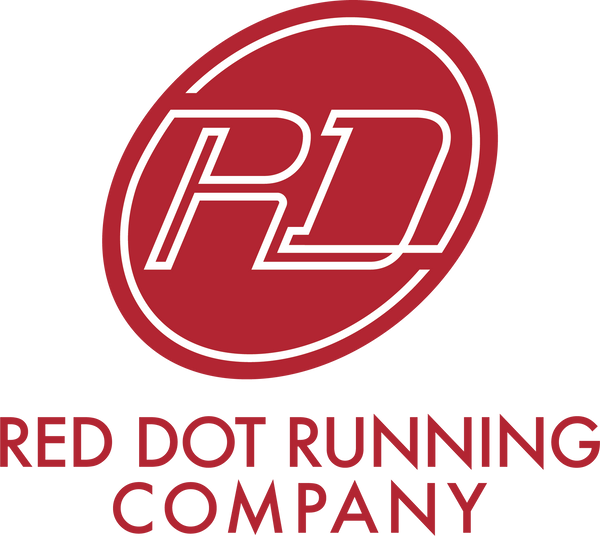Taiwanese-Texan Jenny Huang is well-known on Singapore’s road racing scene (back when there was a road racing scene!), but she casts a much longer shadow out in the world of athletes from every sport (even desk jockeys!) who from time to time find that their bodies are not working quite right. Jenny is the founder and owner of HelloPhysio, which provides a wide range of physiotherapy and related services. We hate injuries, and we know you do too, so we thought we would talk to Jenny about what to do when you get injured, and more importantly, how to prevent injuries.
RDRC: I want to talk about injuries. Researchers estimate that every year over half of runners are injured badly enough that they have to take a break from running. What can/should runners do to prevent injuries?
JENNY: The best thing you can to avoid injury is keep your muscles pliable and strong. Pliable means supple, not tight, and massage and foam rolling are the best way to do this. You should run a minimum of three times a week so your muscles continue to adapt to the demands of running, and get stronger. Ideally, though it’s not so easy in Singapore, you should run on varied terrain such as hills and trails. This will help your muscles to develop more completely. Along the same lines, you should train at varying speeds. Your muscles and tendons need to be continuously challenged, and if you run at the same pace all the time you risk developing chronic over-use injuries.
RDRC: What are the most common injuries you see in runners?
You can imagine, because you’ve probably had most of them. Knee problems we see include ITB (iliotibial band) syndrome and patello-femoral/patellar tracking issues (runner’s knee). Foot problems are mainly plantar fasciitis and Achilles tendinosis. And in between we see shin splints, which are also known as medial tibial stress syndrome. None of it is fun. All of it is treatable.

RDRC: We frequently hear new runners say someone has told them they need to "fix" their running form. We're old enough to have seen some very good runners achieve success with less-than-perfect running form. What's your view? Does anyone need to "fix" their running form? If so, what sorts of issues would make you recommend trying to do that, and how should runners investigate?
There's evidence that it’s possible to learn to run with less load, or “more efficiently”. But should all of us runners emulate the Kenyans? NO. Very few of us were born running on dirt roads or trails, covering half marathons on the way to and from school. What we can do is use information such as cadence and stride length, combined with zone training and strength work to achieve better, more efficient running form.
RDRC: Back when we were young and fast, we did a lot of icing, mostly for tendinitis. But recently we read that icing had fallen out of favor. Then we read it was back in favor. What's your position on ice, ice, baby?
For the first 24 hours after you experience an issue, apply ice to reduce inflammation. After that, apply heat to stimulate circulation and promote faster healing. The science is pretty clear on this.
RDRC: I want to ask the same question about stretching. For years those of us who didn't much like stretching were under fire for not spending that 10-15 minutes before every run trying to push over buildings or telephone poles, and that 20 minutes afterwards sweating all over the living room rug. But now we read there's no (!) evidence stretching is worthwhile. What do you think?
I am historically a lazy stretcher, and I am happy the research shows that static stretching does nothing to prevent injury and is nearly useless in rehabilitation as well. Getting a full range of motion in your running stride is a different matter, though. Dynamic stretching will definitely help you there, and runners whose muscles have a greater range of motion are almost always faster. One last note on static stretching: research has shown that static stretching prior to a race results in reduced performance among elite runners. So there!
RDRC: Do you recommend sports massage? If so, obviously most of us can't afford (including the time) to get a massage after every run, so when should we make time for that?
I highly recommend a sports massage that doesn’t hurt. A good sports massage should not have you biting the towel and clenching your butt cheeks. As an injury preventative, I recommend every runner have a good sports massage at least every 4-6 weeks. This will help keep your muscles pliable, and in between of course you’re using the foam roller, right?

RDRC: At the beginning we talked about injury prevention. Obviously runners are pretty terrible at that, which is why you have a thriving business. What can physiotherapists do for runners, and what percentage of your business is sports-related and what percentage is just normal aches and pains (i.e. do you get a lot of athletes saying, "Hey, maybe you can help my granny with her trick knee)?
As a physiotherapist who loves running, I understand that runners gonna run. But if you have a niggle, or something worse than that, if it lasts more than two weeks, you need to get a diagnosis and professional advice on how to fix the problem.
What we do at HelloPhysio is
- Figure out the pathology (root cause)
- Use hands-on techniques to assist and jumpstart healing
- Prescribe appropriate training loads (for runners, rest truly is the last resort)
- Prescribe at-home exercises to speed the healing process
- Look at our clients’ outdoor (not treadmill) running form to see if we can spot any issues or imbalances
Many thanks to Jenny for talking to us, and you check out HelloPhysio’s website here. HelloPhysio’s Instagram is here.

